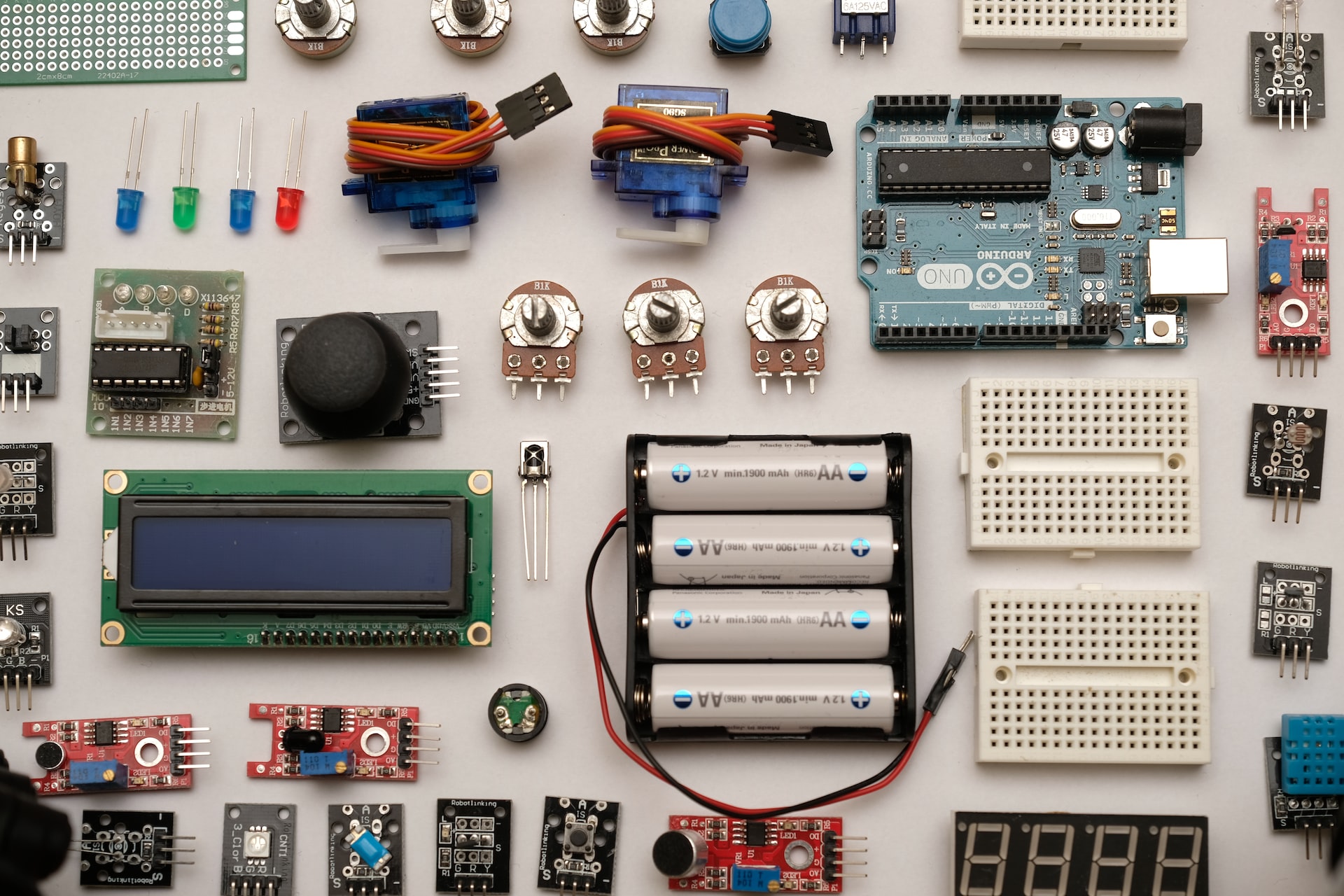IoT Applications: A Comprehensive Overview of the Benefits and Drawbacks Across Various Industries

The Internet of Things (IoT) refers to the interconnected network of physical devices, vehicles, buildings, and other objects that are embedded with sensors, software, and network connectivity, allowing them to collect and exchange data.
The IoT enables these objects to connect and communicate with each other and with external systems and networks, enabling a wide range of applications and services.
Some common IoT applications:
1. Smart cities
Smart cities use the IoT to integrate and optimize various systems and services, such as transportation, energy, and public safety, to improve the quality of life and efficiency of city services. The benefits of smart cities include improved traffic flow, reduced energy consumption, and enhanced public safety. However, there may be challenges in terms of data privacy and security, as well as the cost of implementing and maintaining IoT systems.
2. Smart homes
Smart homes use the IoT to automate and optimize various tasks, such as security, lighting, heating, and entertainment. The benefits of smart homes include increased convenience, energy efficiency, and security. However, there may be issues with compatibility and interoperability between different IoT devices, as well as concerns about data privacy and security.
3. Industrial automation
Industrial automation uses the IoT to optimize and automate various processes and tasks in industrial settings, such as manufacturing, energy, and agriculture. The benefits of industrial automation include increased efficiency, reduced costs, and improved quality and safety. However, there may be challenges in terms of the cost of implementing and maintaining IoT systems, as well as the need for skilled personnel to operate and maintain these systems.
4. Connected vehicles
Connected vehicles use the IoT to enable communication with other vehicles, infrastructure, and external systems, enabling a range of applications and services, such as collision avoidance, traffic optimization, and real-time traffic updates. The benefits of connected vehicles include improved safety, reduced fuel consumption, and enhanced convenience. However, there may be concerns about data privacy and security, as well as the potential for hacking and other security threats.
5. Healthcare
The IoT can be used to enable remote monitoring and management of patient’s health, allowing for the early detection of health issues and the provision of timely and appropriate care. The benefits of IoT in healthcare include improved patient outcomes, reduced hospitalization rates, and reduced healthcare costs. However, there may be challenges in terms of data privacy and security, as well as the need to ensure the reliability and accuracy of IoT-enabled healthcare devices.
6. Agriculture
The IoT can be used to optimize and automate various tasks in the agriculture industry, such as irrigation, pest control, and crop monitoring. Benefits of IoT in agriculture include increased crop yields, reduced use of pesticides and water, and improved efficiency.
However, there may be challenges in terms of the cost of implementing and maintaining IoT systems, as well as the need to ensure the reliability and accuracy of IoT-enabled devices.
7. Energy
The IoT can be used to optimize and automate various tasks in the energy industry, such as the management of renewable energy sources and the optimization of energy consumption. The benefits of IoT in the energy industry include increased efficiency, reduced costs, and improved sustainability.
However, there may be challenges in terms of the cost of implementing and maintaining IoT systems, as well as the need to ensure the reliability and accuracy of IoT-enabled devices.
8. Retail
The IoT can be used to optimize and enhance the customer experience in the retail industry, through applications such as personalized marketing and real-time inventory management. The benefits of IoT in retail include improved customer satisfaction, increased sales, and reduced costs. However, there may be challenges in terms of data privacy and security, as well as the need to ensure the reliability and accuracy of IoT-enabled devices.
9. Transportation
The IoT can be used to optimize and enhance various aspects of the transportation industry, such as logistics, asset tracking, and vehicle maintenance. The benefits of IoT in transportation include increased efficiency, reduced costs, and improved safety.
However, there may be challenges in terms of the cost of implementing and maintaining IoT systems, as well as the need to ensure the reliability and accuracy of IoT-enabled devices.
In summary, the Internet of Things (IoT) enables a wide range of applications and services across various sectors and industries. Some common IoT applications include smart cities, smart homes, industrial automation, connected vehicles, healthcare, agriculture, energy, retail, and transportation.
Each IoT application has its own unique benefits and drawbacks, and it is important to carefully consider the specific needs and goals of an organization when deciding which IoT applications to implement.






